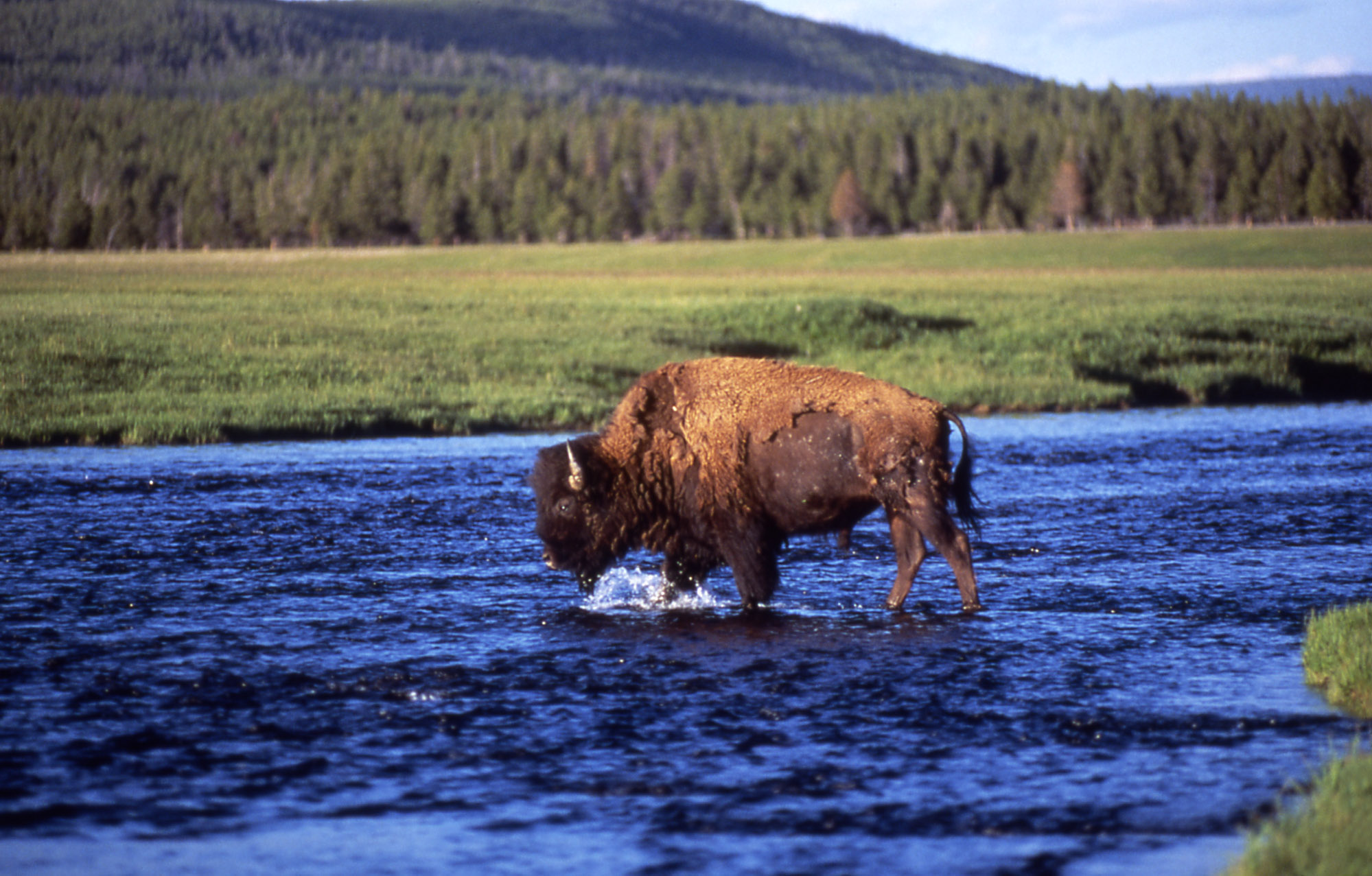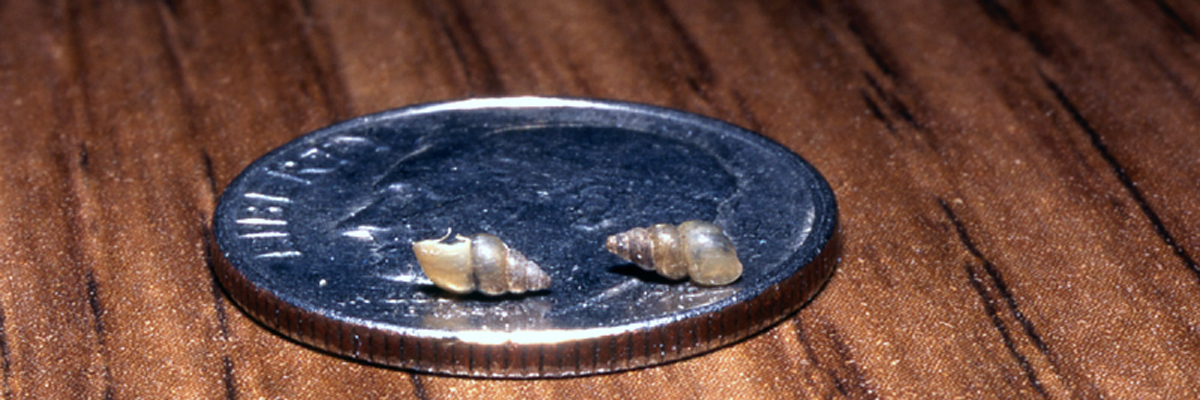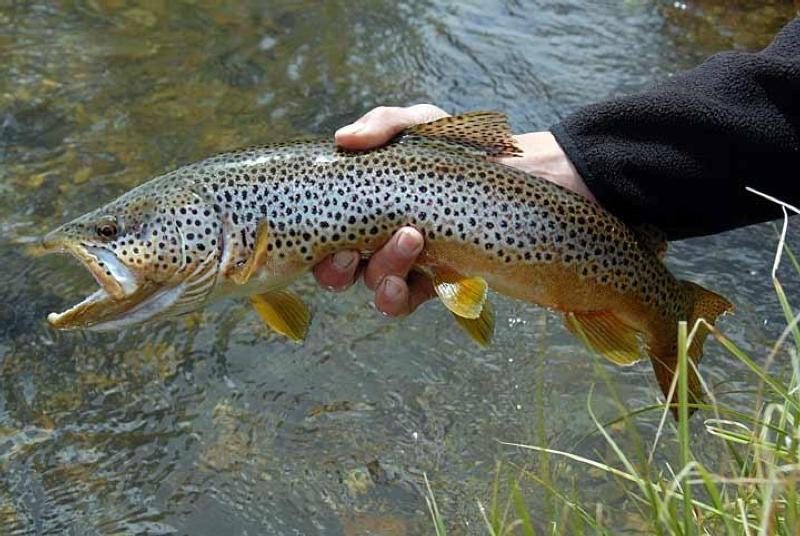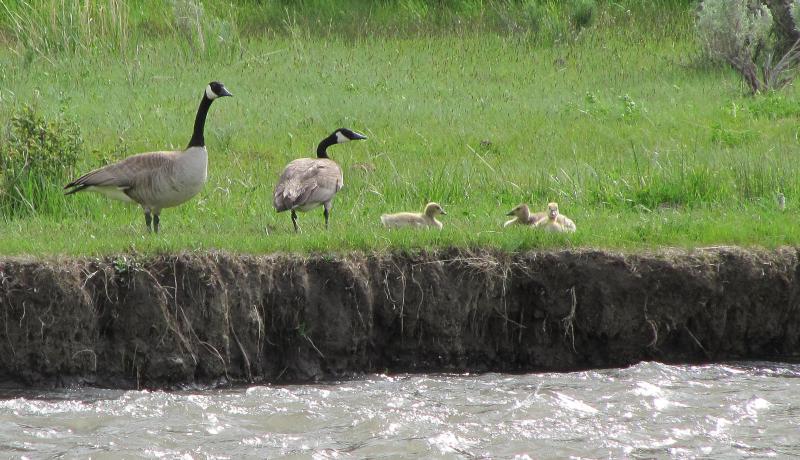WITH ALL DUE HASTE
Strut Your Stuff
use the best science
 |
| Parasitic Mobility Of Aquatic Species - NPS |
-------
PRELUDE
 .. Let's be clear about one thing: the term "INVASIVE SPECIES" is not a scientific term. It is a psychologically derived linguistic derision of something that some human beings dislike.
.. Let's be clear about one thing: the term "INVASIVE SPECIES" is not a scientific term. It is a psychologically derived linguistic derision of something that some human beings dislike... It is similar to the term used by gardeners and others who love the idea of a manicured lawn or garden: "WEEDS." Weed is not a scientific term either.
.. The folks in the cultural matrix that use these terms are driven by social and economic forces in time specific contexts. With no scientific basis or definition it is easy to attack the weeds of this world. Just call them undesirable.
.. When science is employed to rationalize the removal of weeds it is used to define effects that are culturally or economically adverse to vested interests in the status quo.
.. The most appropriate term, (with scientific credence,) is "PIONEER SPECIES." Pioneer species are those species that, for whatever reason, are able to adapt to a wide range of conditions and spread their populations into new environments.
.. This world of ours is based on the successes and failures of pioneer species. Human beings are pioneer a species, so are dandelions.
 |
| INTRODUCED MUD SNAILS - NPS |
.. Plants and animals have generally different modes of expansion into new environments. Seed dispersal and pollen rain allow many plants the mobility necessary for expansion. Autopropulsion like walking, running slithering, etc. allow many animals entry into new environments.
.. Symbiotic, (or parasitic,) mobility allow both plants and animals to enter new environments. Fleas on a dog and seeds in your pants cuff are examples of symbiotic, (or parasitic,) mobility.
.. In Yellowstone National Park the bureaucrats have chosen to use the term invasive species. It's a bugaboo word laden with severe impact on the mindset of journalists, visitors, fisher folk, and legislators.
.. The selective use of the term is a conscious effort to garner support for actions that may not have any relevance or scientific validity when addressing most actions that bureaucrats would like to implement.
.. It is in the worst sense "FAKE NEWS." Honest scientists use scientific terms and honest scientific arguments when contemplating proposed actions.
-----
.. Yellowstone National Park has 11 aquatic fish species that were present when the Euro Americans entered the park: Arctic grayling, cutthroat trout (Yellowstone and westslope,) mountain whitefish, dace (speckled and longnose,) redside shiner, Utah chub, sucker (mountain, longnose, and Utah,) mottled sculpin. |
| Introduced Species, Brown Trout - NPS |
.. Other non-fish species have entered park waters through parasitic or symbiotic mobility: Myxobolus cerebralis, (the parasite that causes whirling disease,) Melanoides tuberculatus, (that small snail that home aquariums use,) Potamopyrgus antipodarum, (the other small mud snail in the water.)
.. When park managers introduced the non-indigenous species they did it with the socioeconomic purpose of providing recreational and mercantile opportunities.
.. That purpose was achieved. There was no science involved. The purpose was pure and simple: catch more fish, sell more bait and gear, attract more fishers = success.
- END OF PRELUDE -
"To-morrow, and to-morrow, and to-morrow,.. Now, with the need to garner public support, current non science using managers are mounting another socioeconomic effort to murder both indigenous and pioneer species in the waters and on the land of Yellowstone National Park.
Creeps in this petty pace from day to day,
To the last syllable of recorded time;
And all our yesterdays have lighted fools
The way to dusty death. Out, out, brief candle!
Life's but a walking shadow, a poor player
That struts and frets his hour upon the stage
And then is heard no more. It is a tale
Told by an idiot, full of sound and fury
Signifying nothing." _-_-_- Will . . . baby.
 |
| Pioneer Species Carriers - NPS |
.. Poison grain is a good way to eliminate ducks and geese - yea team.
.. The furry legs of bison carry pioneer aquatic and terrestrial species from watershed to watershed, (also seeds and such.) Poison hay and oats is a good way to eliminate bison - yea team.
.. Bears and coyotes catch fish and transport pioneer aquatic and terrestrial species from watershed to watershed, (also seeds and such.) Hunting with firearms and traps is a good way to eliminate bears and coyotes - yea team.
.. Recreational bathers carry all sorts pioneer species from watershed to watershed in the seams of their bathing attire and accoutrements of fun. Bathing in the nude will mostly eliminate this transportation, (save for extreme hirsute human specimens) - yea team
 |
| Transport of Pioneer Species - NPS |
.. Fisher folks transport both terrestrial and aquatic pioneer species from watershed to watershed.
 |
| Rubber Soled Boot Laces |
.. The wet interiors of fly boxes harbor great environments for pioneer species. Oh, and the felt soles of some waders.
.. The most effective solution to the high mobility fisher problem is to ban fishing. Ban fishing for the introduced fish. Ban fishing in waters with new pioneer species. Ban fishers and other visitors from walking in park lands where pioneer vegetation or aquatic pioneers exist - yea team.
-----
 |
| Rubber Soled Wading Apparel |
.. They are currently being led by the nose into believing jargon without definition or scientific validity. Many better terms can be used for "Invasive Species."
.. Try introduced. Try non indigenous. Try successful pioneer species. Try economic augmentation by species introduction. There are many good and valid terms that can be sensibly used. They can be defined with precision and used in cogent arguments.
.. Even scientists, who should know better have begun to use the term - as if everybody agreed on the definition. Such a sad state of affairs. Writing papers and books with inflationary language. Just who reads this tripe without a challenge?
.. Of course grant seekers, wader producers, managers, and others enjoy using the term "INVASIVE SPECIES." It can bring most fly fishers into line without a whimper. The scare tactics are blatant and transparent. "Look Matilda - A common enemy!"
.. Shame on the managers of Yellowstone National Park. Shame on them for not defining the terms they use. Shame on them for seeking the economic solution to the mobility of introduced species. Shame on them for their proposed ban on felt soles for wading foot gear. Shame on them for introducing the idea that somehow wading gear without felt soles is even safer for fishers.
.. Shame on their alliance with the followers and the merchants. Shame on their idiosyncratic world view that does not rely on science. Shame on them for not seeking public input for this and so many other actions taken on a whim.
.. Banning felt soles on waders and wading shoes, and wading sandals has not been shown to eliminate the transport of introduced species. Using wading apparel with rubber and metal cleated soles has not been proven to eliminate the transport of aquatic species.
.. Appropriate cleaning and sterilizing of gear has, indeed, been shown to reduce or eliminate the transport of introduced species.
.. If Yellowstone National Park Managers choose to inspect boats should they not also choose to inspect all waders and all fly boxes and all cuffed pants and all cuffed swimwear?
.. We wonder if they are trying to legislate morality or reduce the transport of introduced species. Perhaps just enhance wader sales!
.. We doubt that they will kill all the ducks, geese, bears, moose, elk, bison, coyotes, eagles, osprey, and wolf in the park. We wonder: have valid scientific data shown that these critters are less of a transport mechanism? Please let us know.
.. The biology of planet earth demands pioneer species. The continued success of life on planet earth depends on the adaptability of all species to the environments that life finds itself in. Adaptability can be biological or behavioral.
.. Evolutionary change can be adaptive or adjustive. Many adjustive responses are in fact maladaptive = leading to death and extinction.
.. We wonder if the proposed ban on felt soles is adjustive or adaptive? Please let us know.
.. If Yellowstone National Park, and the fishing gear industry, and fishers of all stripes are serious about the reduction in transportation of introduced species then, an educational campaign would be more effective than just the passive banning of felt soled wading footwear.
.. However, active educational campaigns require commitment, persistence, and longevity. Probably too much of a committed effort for the managers and industry.
-----
Resources
>> Felt vs. rubber: Bozeman Daily Chronicle,>> Economic Impacts of Aquatic Invasive Species: EPA,
>> Fish and Aquatic Species: NPS,
>> New Zealand Mud Snail: NPS,
>> Essentials of Conservation Biology: Primack,
>> Extremely High Secondary Production Of Introduced Snails In Rivers: Hall, et al.
>> Invasive Species Impact: Asymmetric Interactions Between Invasive And Endemic Freshwater Snails: Riley, et al.
>> Potamopyrgus antipodarum: distribution, density, and effects on native macroinvertebrate assemblages in the Greater Yellowstone Ecosystem: Kerans, et al.
>> Assessing the effects of climate change on Aquatic Invasive Species: Rahel & Olden.
>>
-----
.. Time for a visit to the cooling waters of the Firehole River. Afternoon showers and cool nights have jiggled the psyche of the fish and the fishers.
-------
 |
| WALLPAPER: BACON, EGG AND HOMINY |
